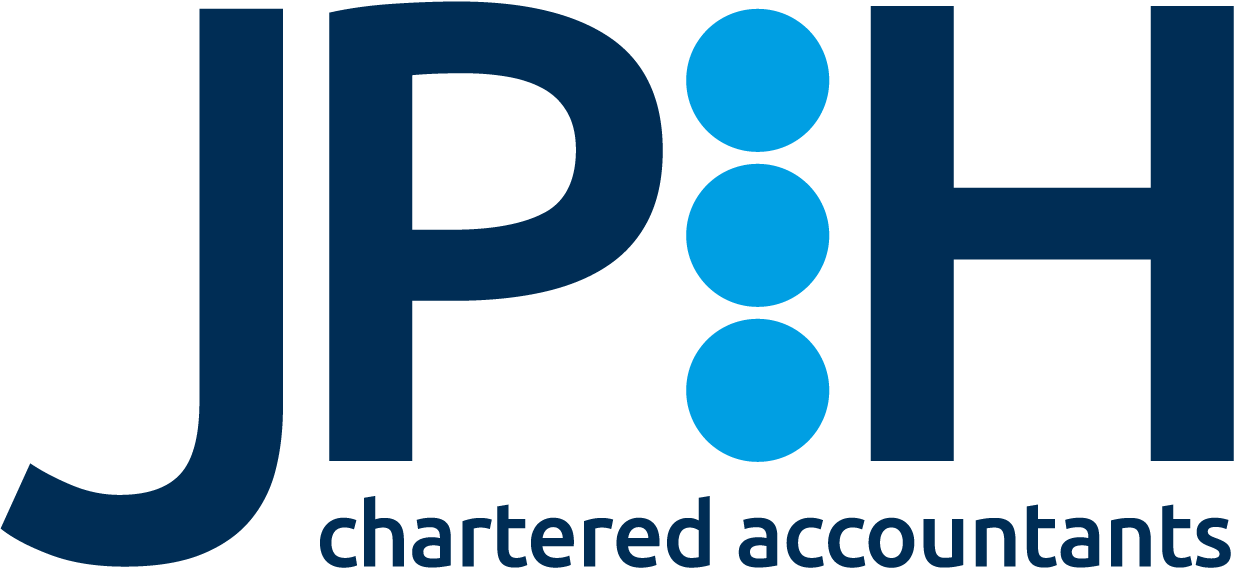Making Tax Digital for Income Tax Self Assessment (MTD for ITSA) is set to reshape how business owners and landlords disclose their earnings to HMRC. If you wonder about the potential impact on your affairs, let us provide you with a straightforward guide to the upcoming changes.
Past, present, and future of MTD
MTD is a Government initiative that aims to make the UK tax system “one of the most digitally advanced tax administrations in the world.”
According to the Government, this initiative will transform the tax system and help taxpayers meet their obligations.
The first phase, MTD for VAT, began in 2019. It required VAT-registered businesses to maintain digital records and use MTD-compatible software to submit their VAT returns.
As of 1 April 2022, MTD for VAT rules apply to all VAT-registered businesses in the UK.
MTD for ITSA is the second stage, poised to take over the current annual self-assessment tax returns system.
Initially, MTD for ITSA will impact self-employed business owners and landlords earning over £50,000 annually, starting from 6 April 2026. Those earning over £30,000 must follow the rules from 6 April 2027.
Self-assessment customers making less than £30,000 a year will not need to comply yet. The requirement for partnerships to join will also be announced at a later date.
What’s changing?
If you’re affected by MTD for ITSA, you will need to:
- Maintain digital records of your business income and expenses.
- Submit quarterly updates for each revenue type (business or property) to HMRC.
- Submit a final declaration to confirm your business income.
Under the new MTD for ITSA rules, affected individuals must submit quarterly updates on their business income and expenses instead of filing one yearly self-assessment tax return.
The software will combine your digital records every three months to generate totals for each income and expense category, forming quarterly updates. Once you submit an update, the software will provide an estimated tax bill for your review.
At the end of the tax year, you will need to send a final declaration.
After informing HMRC about all your taxable income for the year, you confirm that the information you provided is accurate and complete, and that you have settled your tax liabilities for the tax year.
Making this final declaration is essential even if you have no personal income sources.
What you need to do
It’s essential to digitally record all your business income and expenses, including self-employment and property income. Starting this process early is advisable to have enough preparation time.
You can use different accounting software options to maintain digital records. HMRC has a list of approved compatible software. Many platforms enable direct import of bank transactions through a bank feed setup, and some provide tools to handle invoices, expenses, and projects efficiently.
Everyone using MTD for ITSA will share the same quarterly update deadlines, aligning with the tax year on:
- 5 August
- 5 November
- 5 February
- 5 May
To wrap up the tax year, you finalise your income by submitting the final declaration. This allows you to confirm the accuracy of your updates, include details about personal income or reliefs, and make any needed adjustments.
Like the current self-assessment system, you must submit the final declaration and pay owed tax by 31 January of the next tax year.
Get help
The replacement of the current system and the introduction of MTD for ITSA may seem overwhelming, but we can help get your affairs in order to prepare for these changes.
We provide expert self-assessment support so you can easily adapt and integrate your finances into MTD for ITSA.
Talk to us about your tax returns.


